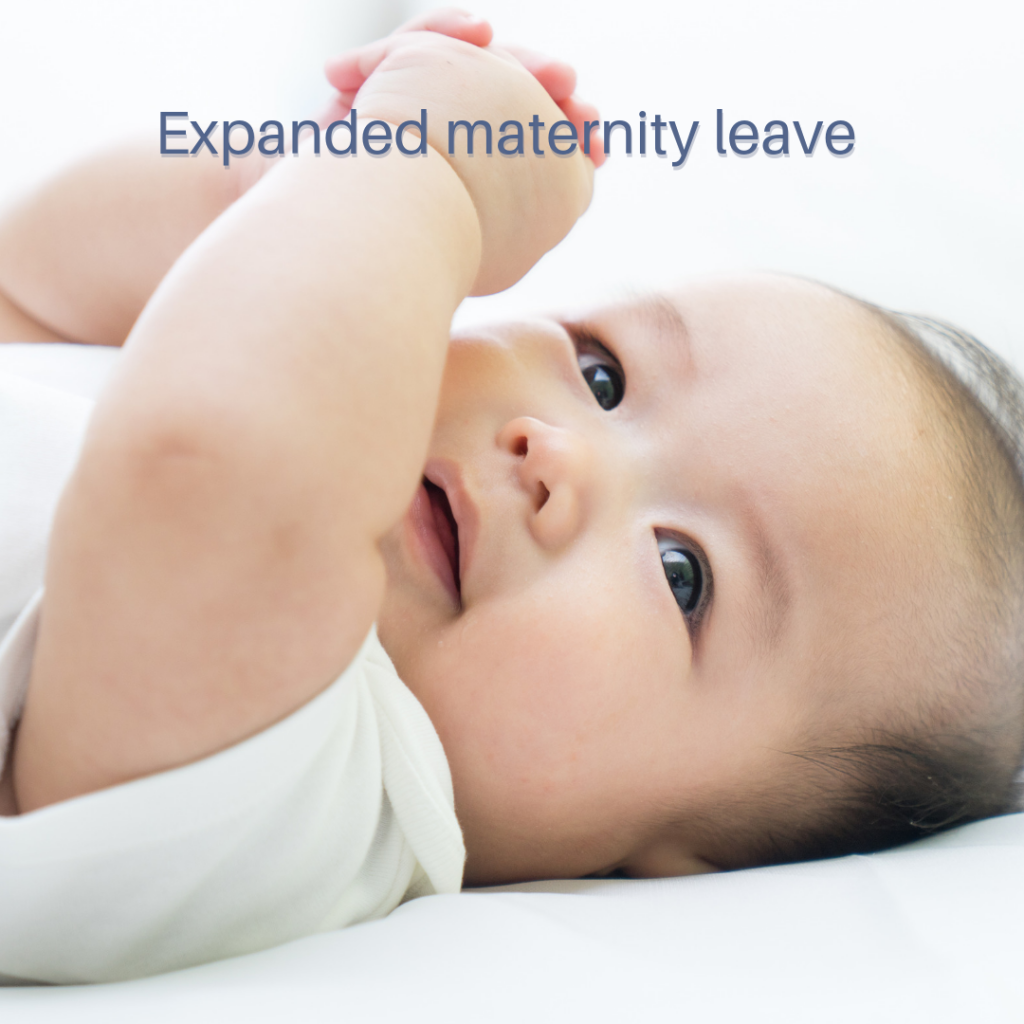
Published 14 October 2019, The Daily Tribune
Last 20 February 2019, President Duterte signed into law Republic Act 11210, or more commonly known as the Expanded Maternity Leave Law (EMLL), which became effective last 11 March 2019. Barely three months after, the Department of Labor and Employment (DoLE), together with the Social Security System (SSS) and the Civil Service Commission (CSC) issued the implementing rules and regulations (IRR) of the EMLL. The new law and its implementing regulations drew praises and was hailed as a significant labor measure to protect the welfare of working mothers.
The EMLL covers female workers in the public sector, private sector, and informal economy, regardless of their civil status, employment status and the legitimacy of their child. Under the IRR, female workers in the informal economy refer to self-employed, occasionally or personally hired, subcontracted, paid and unpaid family workers in household, incorporated and unincorporated enterprises, including homeworkers, micro-entrepreneurs and producers, and operators of sari-sari stores. Female members who are voluntary contributors to the SSS and female national athletes are also explicitly covered by the said law.
The following are the maternity benefits granted under the EMLL:
1. Paid leave benefit for the duration of 105 days for live childbirth, regardless of the mode of delivery of the child, and an additional 15 days or a total of 120 days paid leave if the female worker qualifies as a solo parent under Republic Act 8972, or the Solo Parents’ Welfare Act of 2000; or 60 days paid leave for miscarriage and emergency termination of pregnancy.
Employed female workers shall receive full pay which consists of the SSS maternity benefit computed based on their average daily salary credit and the salary differential to be paid by the employer, if any. However, female workers employed by exempt establishments and enterprises which satisfy the requirements and criteria listed under the IRR shall be entitled to receive only their SSS maternity benefits without entitlement to the salary differential.
It must be noted that prior to the EMLL, pregnant female workers are only entitled to 60 days of paid leave for normal delivery and 78 days of paid leave for caesarian delivery.
2. Extension of additional 30 days without pay in case of live childbirth.
To avail of this benefit, prior written notice must be given to the employer at least 45 days before the end of the female worker’s maternity leave. In the event of a medical emergency, such prior notice is waived but subsequent notice shall be given to the employer.
The period of extended maternity leave without pay shall not be considered as gap in the service.
3. For female national athletes, they are entitled to paid maternity leave, allowances and benefits.
4. Health care services for pre-natal, delivery, postpartum and pregnancy-related conditions granted to female workers, as governed by the existing rules and regulations of PhilHeath.
To qualify for the grant of maternity leave benefit, a female worker in private sector and informal economy must meet the following requirements:
1. At least three monthly contributions in the 12-month period immediately preceding the semester of childbirth, miscarriage, or emergency termination of pregnancy (this also applies to voluntary SSS members); and
2. Notification to the employer of the pregnancy and the probable date of childbirth, which notice shall be transmitted to the SSS in accordance with its rules and regulations. Self-employed female members, including those in the informal economy, OFW and voluntary SSS members may give notice directly to the SSS.
The failure to comply with the notification requirement shall not however bar the female worker from receiving the maternity benefits, subject to guidelines to be prescribed by the SSS.
On the other hand, female workers in the public sector or government service are entitled to maternity benefits regardless of their employment status and length of service. To apply for maternity leave, a female worker shall give prior notice to the head of agency, of her pregnancy and her availment of maternity leave at least 30 days in advance, specifying the effective date of leave. The prescribed civil service form shall be used in the application, supported by a medical certificate.
Another unique benefit provided by the EMLL is the option of the female worker to allocate up to seven days of maternity leave credits to the child’s father or in case of death, absence or incapacity of the latter, to an alternate caregiver who may be a relative within the fourth degree of consanguinity or the current partner of the female partner (regardless of the sexual orientation or gender identity) sharing the same household.
There is also a significant change in the number of pregnancies for which the maternity benefits can be availed of. Previously, the claim for maternity benefits is limited to four childbirths. This limit has already been removed under the EMLL.
The enactment of the EMLL and its IRR shows the recognition by the State of women’s maternal function as a social responsibility. The new law is signed to achieve the State’s declared policy to protect and promote the rights and welfare of the working women as well as to uphold the sanctity of family life by protecting the life of the mother and the life of the unborn from conception.
For comments and questions, please send an email to cabdo@divinalaw.com.

